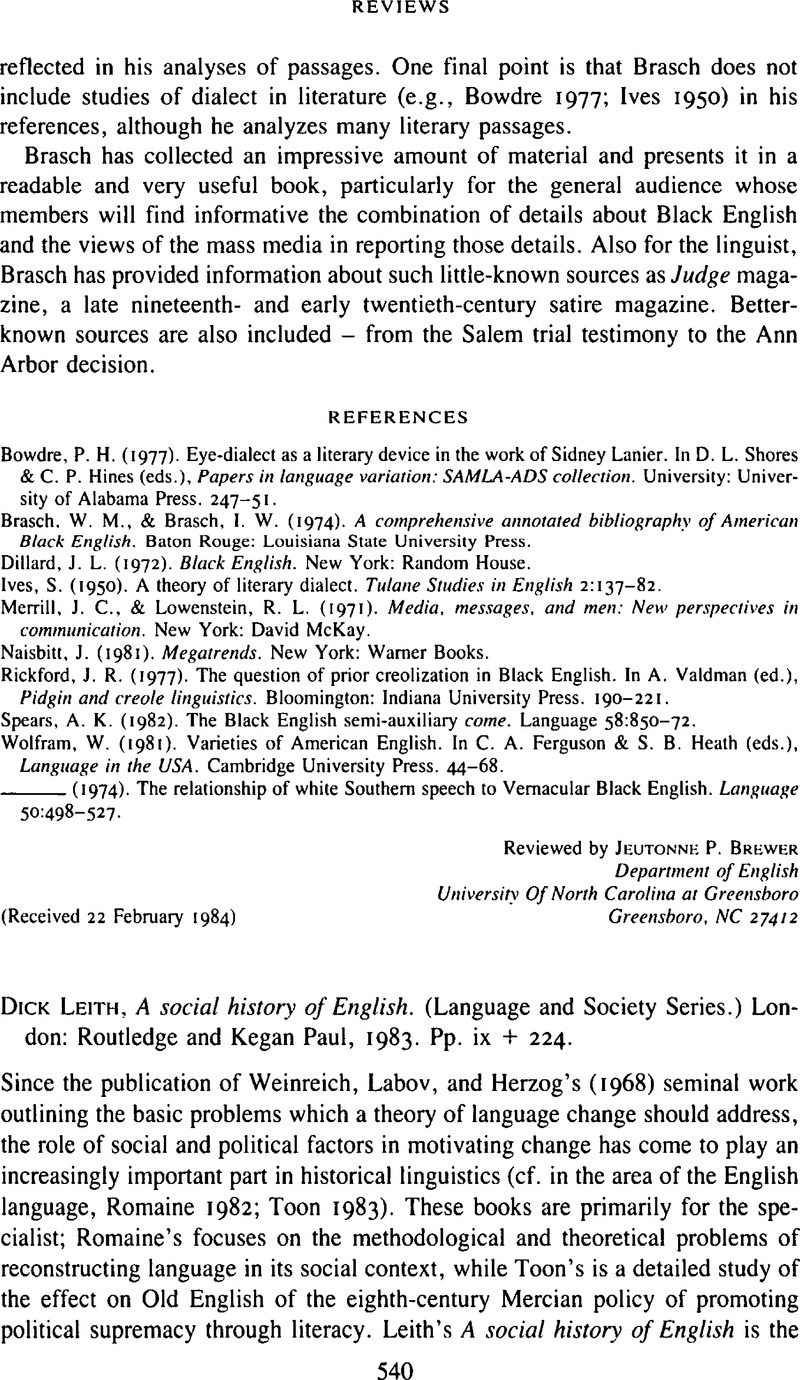Weinreich, U.,
Labov, W., &
Herzog, M. I. (
1968). Empirical foundations for a theory of language change. In
Lehmann, W. P. &
Malkiel, Y. (eds.),
Directions for historical linguistics: A symposium.
Austin:
University of Texas Press.
97–
195.
Google Scholar 